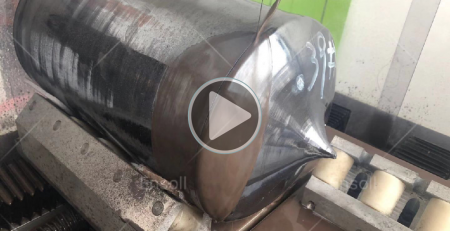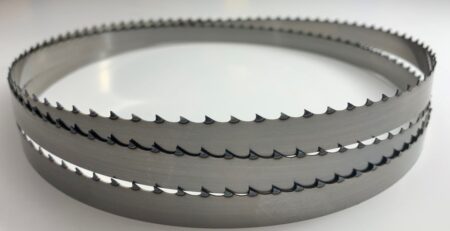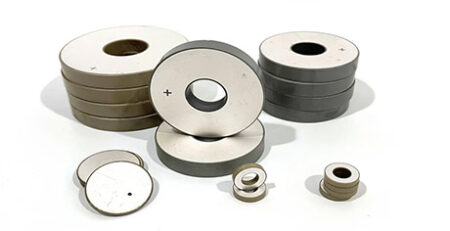Ultrathin Glass Overview
Ultrathin glass is also called ultra-thin electronic touch glass, miaraka amin'ny hatevin'ny 0.1-1.1 MG. Ny fampisehoana kristaly ranoka ao amin'ny indostrian'ny fampahalalana elektronika dia matetika ampiasaina 0.55-1.1 mm ny fitaratra ultra-manify mitsingevana.
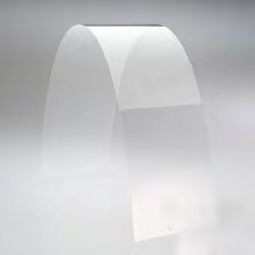
Ultra-thin glass not only has the basic characteristics of glass such as high transparency, electrical insulation, fanoherana hafanana, chemical stability and gas resistance, but also has unique characteristics such as light weight, fanoherana ny hafanana avo, impact resistance, flexibility, sns.
Ary noho izany, it has broad application prospects in display panels, conductive film glass substrates, flexible substrates, smart surfaces, OLED lighting and other fields.
Glass by thickness

Ultra-thin Glass Overview – Properties
Raha ny tena izy, ultra-thin glass is not only thin, it has many special properties:

Ultra thin Glass Overview – Fisokajiana
According to different chemical compositions, ultra thin glass can be divided into alkali-containing glass and alkali-free glass;
Araka ny dingana famokarana samihafa, ultra thin glass can be divided into float method, flat draw method and down draw method;

Overview of ultra thin glass-technical indicators
Compared with ordinary glass, ultra-thin glass has unique characteristics such as light weight, fanoherana ny hafanana avo, impact resistance and flexibility.
Comparison of physical properties between ultra-thin glass and ordinary glass
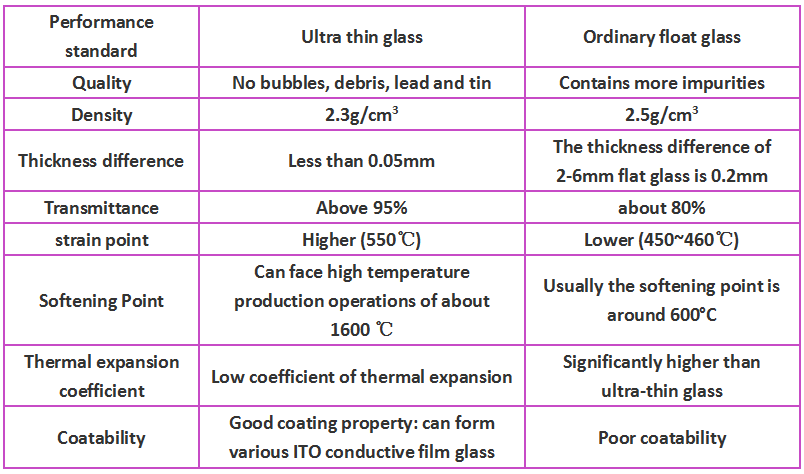
Overview of Ultra Thin Glass – Production Process
The preparation methods of ultra-thin glass sheets mainly include float method, overflow down-draw method and vertical pull-up method.

Ultra Thin Glass Overview – Main Applications
Ultra-thin glass is mainly used in liquid crystal display panel substrates. After the rise of touch screens, ultra-thin glass is also used in touch screen covers and touch screen sensor substrates.
Figuratively speaking, smartphones generally contain four pieces of ultra-thin glass, anisan'izany ny: two for the touch screen and two for the LCD panel.


